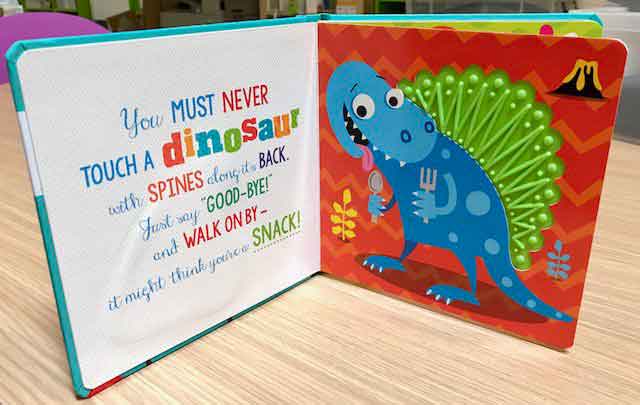How to read a story to your baby
If you want to introduce your child to the wonderful world of books, start early!
Babies benefit from being surrounded by printed language right from the beginning. When books are a part of their everyday life, they quickly pick up new words and start to understand that the sounds we say are connected to the marks on the page.
Later, before they even learn to read and write, they begin to realize that each sound matches a letter. Stories play an important role in this process, too!
Reading with Babies Under 18 Months
At this stage, your baby won’t understand the storyline—and that’s perfectly okay! The goal is not to finish the book but to enjoy quality time together.
Point and Name Things
Point to pictures in the book and say the names out loud. This helps your baby connect the images to real words. Over time, they’ll link the pictures in the book to real-life objects. You can also make animal noises or environmental sounds (like “moo” or “vroom”) to make it more fun.
Use Gestures and Expressions
Babies love big gestures and animated facial expressions. These grab their attention and encourage imitation. Gestures also help explain words like *big* and *small*. For example, if the book shows a big moon, spread your arms wide to show “big.” If something is small, use your fingers to make a tiny circle.
Choose Books with Textures
Books with different textures are great at this age! When your baby touches soft, rough, or bumpy surfaces, they learn words like *soft*, *hard*, and *rough* while developing sensory awareness.

Let Your Baby Take the Lead
Encourage your baby to turn the pages themselves. Watch which pages they enjoy the most. And don’t worry if they chew on the book—it’s normal at this age and part of how they explore the world.
Keep Language Simple
Everything is new to your baby, so keep it short and sweet—just two or three words at a time. Speak slowly and use lots of facial expressions and big gestures. Babies have short attention spans, so simple, expressive language works best.
Repeat, Repeat, Repeat
Repetition is key! Babies need to hear the same words and see the same pictures over and over to learn them.
Books and Motor Skills
Reading isn’t just about words—it can help with physical development too! A big book on the floor encourages your baby to sit up or push up on their elbows, strengthening their muscles while looking at pictures. Smaller books are easier to hold and help develop fine motor skills like grasping and turning pages. When your baby starts standing with support, you can even show them books while they hold onto their crib.





